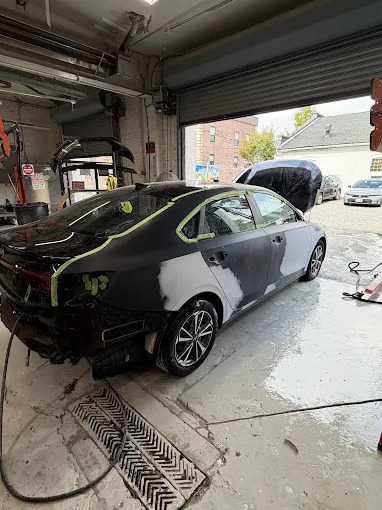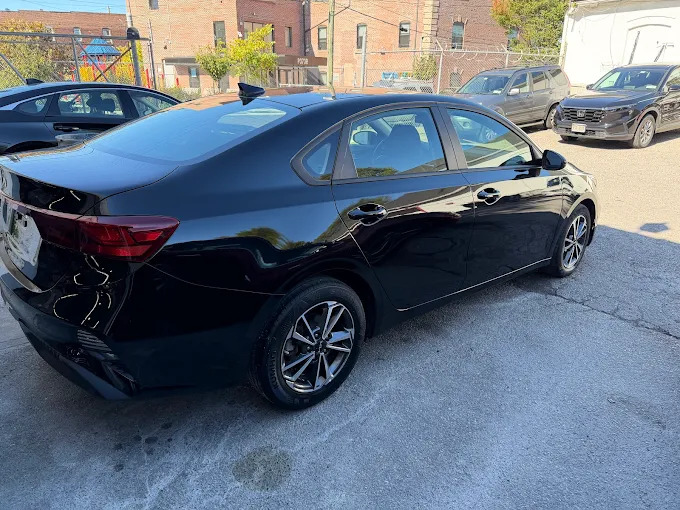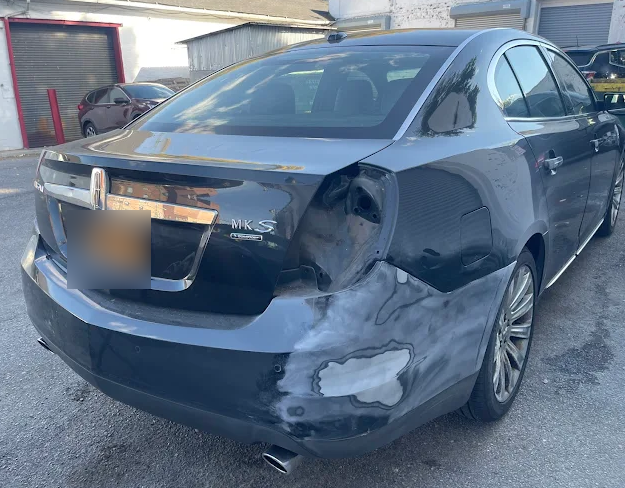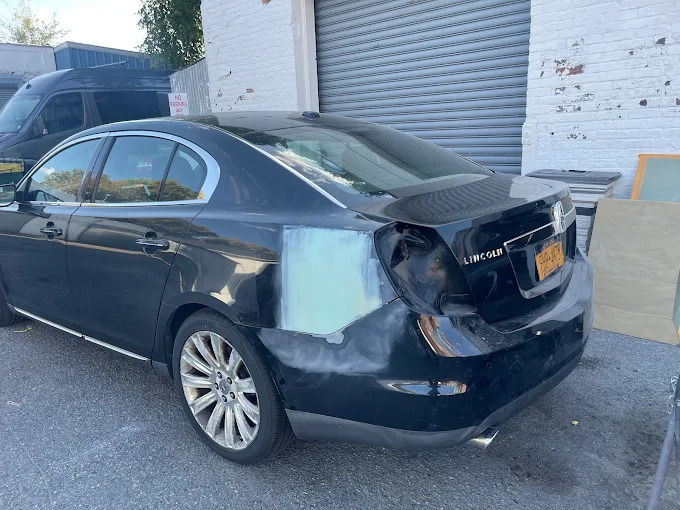How Long Does Collision Repair Usually Take?
Wondering, “How long does collision repair usually take?” You’re not alone! Many drivers are caught off guard by what auto body repair really entails in 2025. Let’s break down the timeline, explore every phase, and share tips to help you get back on the road with confidence.
Introduction to Collision Repair
Defining Collision Repair
Collision repair encompasses all body and mechanical work needed to restore a vehicle to its pre-accident condition, including frame straightening, panel replacement, painting, and system recalibration. This process often involves multiple specialized departments—from estimating and disassembly to paint and final inspection—to ensure safety and appearance are fully restored.
Why Repair Time Matters
Understanding repair duration helps drivers plan for alternate transportation and estimate rental costs, which can quickly exceed repair fees if unanticipated delays occur. Timely completion also ensures that safety systems like airbags and ADAS sensors are recalibrated and tested before the vehicle returns to the road.
Initial Damage Assessment
Visual Inspection and Diagnostics
Technicians begin with a detailed visual inspection and diagnostic scan to uncover both obvious and hidden damage, typically taking 2–6 hours depending on vehicle complexity. This step identifies issues like bent suspension components or airbag deployment that are not apparent until panels are removed.
Estimating Scope of Damage
After inspection, a written estimate outlines necessary repairs, parts, labor, and expected timeline, forming the basis for insurance approval and shop scheduling. Accurate estimates reduce mid-repair surprises and extensions by flagging potential hidden damage early in the process.

Insurance Approval Process
Claim Submission and Review
The repair estimate is submitted to insurers, which generally take 3–7 business days to review, adjust, and authorize work before repairs can begin. Delays occur if additional documentation or photos are required, often adding 2–4 days to the approval timeline.
Factors Causing Approval Delays
Hidden damage discovered during disassembly, adjuster shortages, and disputes over OEM vs aftermarket parts can push approvals beyond a week. Complex claims involving multiple parties or totaled-vehicle negotiations may require up to 10–14 days for final resolution.
Parts Procurement and Lead Times
OEM vs Aftermarket Parts
Original Equipment Manufacturer (OEM) parts ensure a perfect fit and factory quality but may take 5–10 days to arrive if not stocked locally. Aftermarket alternatives can ship in 1–3 days, though quality and compatibility should be verified to avoid rework.
Backorders and Special Orders
Standard body panels and common components are often on-hand or available within 24–48 hours. Special-order items—such as rare trims or vintage parts—can incur 2–3 week lead times if sourced from distant suppliers.
Phases of Collision Repair Workflow
Structural and Frame Repairs
Once parts arrive, frame machines and computerized measuring jigs realign structural rails to factory specs, a process that can take 2–5 days depending on the extent. Major rail replacements or unibody section swaps may extend this phase to 7–10 days in severe cases.
Paintless Dent Repair vs Panel Replacement
Paintless Dent Repair (PDR) restores minor dents without repainting in a few hours, preserving the factory finish. Full panel replacement—including disassembly, priming, painting, and curing—adds 3–5 days per panel to the schedule.

Painting, Refinishing, and Curing
Color Matching Process
Technicians use spectrophotometers and blend formulas to achieve exact color matches, often taking 4–8 hours of testing and adjustments. Accurate blending is critical for seamless transitions between new and existing panels.
Paint Booth and Drying Times
Controlled-environment booths accelerate curing, with modern basecoat/clearcoat systems drying in 6–12 hours, while traditional primers may require up to 48 hours for full hardening. Humidity, temperature, and paint chemistry influence final curing times and scheduling.
Advanced Driver Assistance Calibration
Sensor and Camera Realignment
Vehicles with ADAS features need post-repair calibration of cameras, radar, and ultrasonic sensors, which can take 1–3 days depending on equipment and technician expertise. Proper calibration is essential for systems like lane-keep assist and automatic braking to function correctly.
Impact on Overall Timeline
Skipping or delaying ADAS calibration can result in safety warnings, malfunctions, and liability issues, often requiring repeat shop visits. Integrating calibration early prevents last-minute hold-ups before customer pickup.
Quality Control and Final Inspection
Test Drives and Functional Checks
After assembly, technicians conduct a test drive and run diagnostics on brake, steering, and electrical systems to verify all repairs meet manufacturer standards, usually within 24 hours of finishing work. This ensures no secondary issues remain before detailing.
Detailing and Customer Walk-through
Final detailing removes dust and fingerprints, while a technician walks the customer through repaired areas, explaining work done and maintenance tips, a step that typically takes 1–2 hours. Clear communication at delivery enhances customer satisfaction and trust.

Additional Repair Considerations
Seasonal Backlogs and Shop Capacity
High-demand seasons—such as winter hail storms or summer vacation months—can create shop backlogs that extend repair start dates by days or weeks. Planning repairs during off-peak periods helps reduce wait times.
Weather and Environmental Impacts
Extreme temperatures and humidity affect paint curing and body shop scheduling, sometimes necessitating additional drying time or climate-controlled storage. Shops in temperate regions may offer faster turnaround than those facing frequent weather disruptions.
Frequently Asked Questions
How long does collision repair usually take for minor cosmetic damage?
Minor cosmetic repairs like small dents and scratches are typically completed within 1–3 days, depending on the shop’s workload.
How long does collision repair usually take when ordering special parts?
If parts are on backorder or need special fabrication, repairs can extend to 2–4 weeks while awaiting components.
How long does collision repair usually take with insurance approval?
Including claim submission and insurer review, the timeline can stretch by 5–10 days before actual repair work begins.
How long does collision repair usually take for vehicles with ADAS systems?
Calibration of advanced driver assistance systems adds an extra 1–3 days to the overall repair schedule.
How long does collision repair usually take during seasonal backlogs?
Peak seasons like winter hailstorms may delay repairs by an additional 7–14 days due to shop capacity.
How long does collision repair usually take if hidden damage is found?
Discovering hidden structural damage mid-repair can tack on 3–5 extra days for revised estimates and additional work.
Conclusion
Collision repair timelines vary widely based on damage severity, parts availability, insurance processes, and modern vehicle technologies, spanning from 1–3 days for minor fixes to 3+ weeks for complex collisions. Planning, choosing a reputable local shop, and maintaining clear communication with insurers and technicians help minimize surprises and get you back on the road faster.

